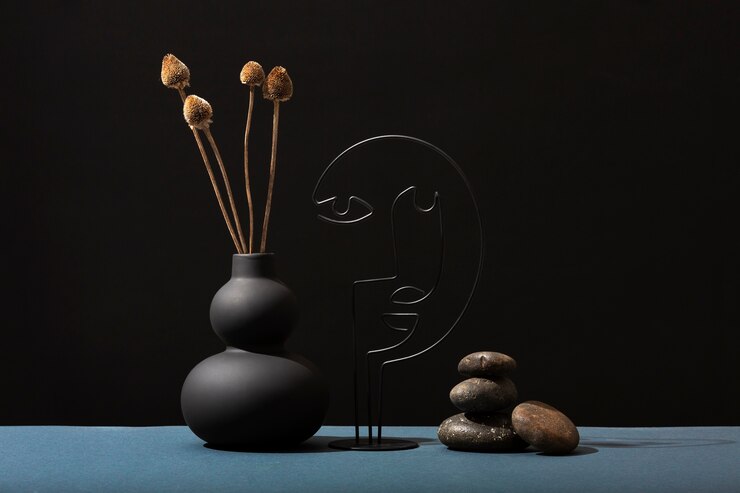Creative Practice: Cultivating Consistency and Inspiration
Creativity is often seen as a mysterious force—something that strikes unpredictably, like a flash of lightning. However, the most successful artists, writers, designers, and innovators understand that creativity is not just about inspiration; it’s about practice. A consistent creative practice fosters growth, enhances skills, and ensures a steady flow of fresh ideas. Whether you’re an aspiring artist or an experienced creator, developing a structured creative practice can help unlock your full potential.
The Importance of Creative Practice
Creative practice is about dedicating time and effort to creativity, regardless of whether inspiration is present. This commitment leads to:
- Skill Development: The more you create, the better you become.
- Overcoming Creative Blocks: Regular practice helps push past periods of stagnation.
- Idea Generation: Creativity feeds itself—the more you create, the more ideas emerge.
- Increased Confidence: A solid practice routine builds self-assurance in your creative abilities.
Building a Sustainable Creative Routine
A creative practice should be consistent, enjoyable, and adaptable to your lifestyle. Here are some key strategies to develop a sustainable creative routine:
1. Set a Schedule
Creativity thrives on routine. Designate specific times in your day or week to focus on creative work. Even 15–30 minutes daily can make a significant difference.
2. Create a Dedicated Space
Having a specific space for your creative work—whether a studio, a desk, or a quiet corner—helps signal to your brain that it’s time to focus.
3. Experiment with Different Mediums
Exploring various creative outlets, such as painting, writing, music, or digital art, keeps things fresh and expands your skills. Trying new techniques can reignite your passion and prevent burnout.
4. Embrace Imperfection
Not every creation needs to be a masterpiece. Allow yourself to make mistakes and experiment freely. The process is often more valuable than the final product.
5. Seek Inspiration Everywhere
Inspiration can come from books, nature, conversations, travel, or even mundane daily experiences. Keep a journal or sketchbook to capture ideas as they come.
6. Engage with a Creative Community
Surrounding yourself with like-minded individuals fosters motivation and accountability. Join online forums, attend workshops, or participate in creative challenges.
7. Take Breaks and Rest
Creativity flourishes when the mind is well-rested. Avoid burnout by allowing time for relaxation, reflection, and activities that recharge your creativity.
Overcoming Creative Blocks
Even with a strong creative practice, blocks can occur. Here are some ways to overcome them:
- Change Your Environment: A different setting can provide fresh perspectives.
- Try Freewriting or Doodling: Letting ideas flow without restriction can unlock creativity.
- Step Away and Return Later: Taking a break allows your subconscious mind to work through challenges.
- Limit Distractions: Create a focused environment by minimizing interruptions.
- Set Small Goals: Breaking tasks into manageable steps reduces overwhelm and increases progress.
Conclusion
A strong creative practice is the foundation of artistic and intellectual growth. By committing to regular practice, experimenting with new ideas, and embracing both successes and failures, you can cultivate a lifelong creative journey. Remember, creativity isn’t about waiting for inspiration—it’s about showing up and doing the work. The more you nurture your creative practice, the more it will flourish.




Post Comment